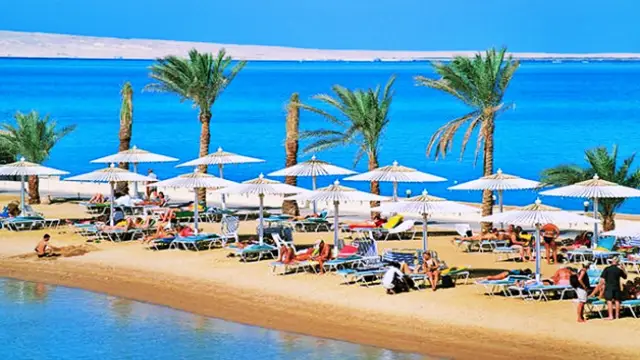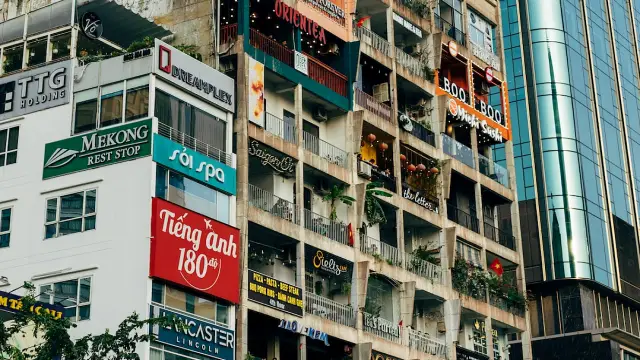Opening soon: A restaurant at Mount Everest
How about dining at the peak with some exotic dishes? Sounds unbelievable? Yes, this is no wild fragment of an imagination and is translating into reality soon when former Noma chef and Tom Aikens protege 25-year-old James Sharman will be hiking to the base camp of Mount Everest to build a unique restaurant there. The ambitious venture is the latest in Sharman’s ‘ One Star House Party ‘ series which will see him hosting dinners in 20 countries over 20 months.
According to the core concept every month he and his team of four friends spend three weeks planning and building a restaurant and one week serving food at a unique location. Everest base camp will be James’s fourth location in the series, after Beijing, Ho Chi Minh, and Bangkok.
In a free-wheeling conversation with us, James talked about the concept, its sustainability and how he will deal with the delicate environment of the Everest.
What made you think of opening a restaurant at Mount Everest base camp, of all places?
The enticing nature or the challenge itself or I would say the dream of establishing a restaurant at an untouched Himalayan landscape, probably were among the reasons. I, personally am excited about working with the Sherpas. I’ve been enchanted by them since I was a child.
We travel across the world, constantly on the hunt for new ideas for the food we create. We began with a more dogmatic view than we have now. When we created the menu for the first few countries, we were searching solely for new ingredients, flavours and textures. Rice and fish sauce becomes spectacular when you huddle into a galley, after a shift on a fishing boat at sea with Vietnamese crew.
If we ask ourselves why we spend copious amounts of money on extravagant restaurants, the answer ultimately is that we are buying an experience, a memory for ourselves or others that we hope to cherish. Not because we’re exhilarated by a 20 page wine menu, the silverware or the artwork on the wall. I believe, sitting down at the base of the Himalayas, with the team of Sherpas, in our make shift restaurant, is an experience that will last. Surrounded by camp chairs, fire and a meal that everyone has had some hand into making possible, will be the meal and memory not easily forgotten.
How will you manage the logistics? Will it be a profitable venture?
It’s certainly not profitable. We were fortunate enough to have had colleagues from restaurants in London who have relatives from Kathmandu who helped us work directly with local Sherpas and guides. This has obviously been invaluable to the logistical aspect of the concept, but they also made available for us a climbing package cheaper than most travel agencies offer.
What will be the main cuisine/dishes of your restaurant? What will be your signature dish here?
We never create a menu before we arrive. We’re waiting to board our flight to Nepal, we have of course researched all we can about Nepalese food, plus we are hoping to discover something new that we could not find on Wikipedia.
People’s relationship with food; the nuances in the cuisine that make people smile or the dishes that bring friends and families together, are the things that define a cuisine and its place within a community. These are the things we hope to discover and create our menu from.
Has the menu something to do with the weather? Will it be therapeutic or is it all about the palate and senses?
We haven’t set out to build a menu; although I have no doubt that a hearty lentil soup will taste better after a day’s hike at -15C.
How will you manage not to freeze there?
The major issue with the cold climate is at night, and to handle that we have booked a succession of guesthouses that line our route to the base camp. We have the traditional firewood etc as well as a few solar panels to keep us going.
What challenges you faced in bringing this dream to reality?
This restaurant at base camp is among 1 of the 20 restaurants we are creating around the world on our tour. Strangely enough, base camp has actually been one of the simplest restaurants in our journey.
How do you plan to publicize your restaurant?
(Smiles) Well, it is happening automatically, though, we weren’t expecting it. We have already received over 7000 applications from Intrepid (Travel Company).
Do you think it is a sustainable idea?
Financially, what we do is obviously challenging. We don’t make a profit from each restaurant, just enough to move on to the next country and build our next pop-up. Admittedly, it takes a certain kind of diner to enjoy what we do. What they get in return is an unpolished, honest experience. Where the cost of their meal goes into the ingredients they eat, the materials we use to make the crockery they eat from and the discovery that made that meal possible.
Hope it will not disturb the delicate Everest ecological balance?
We choose the places where we build our restaurants based on a desire to learn from and enjoy them, not to exploit them. One thing that has surprised me over the last few weeks is the amount of people who have asked the same question. We are climbing 17,000 feet to explore a unique experience with limited resources and not to litter.
Who will be your clientele?
Despite the nature of our travelling restaurants moving from country to country, we are fortunate enough to have a few regular guests, who travel out to dine with us in each country. The guests coming with us are mostly those who have supported us from the beginning, and of course, the Sherpas.
Title: Opening soon : A restaurant at Mount Everest
Description: Opening soon A restaurant at Mount Everest
Keywords: James Sharman, Restaurant, Mount Everest, Life Style
Credit: TOI





















